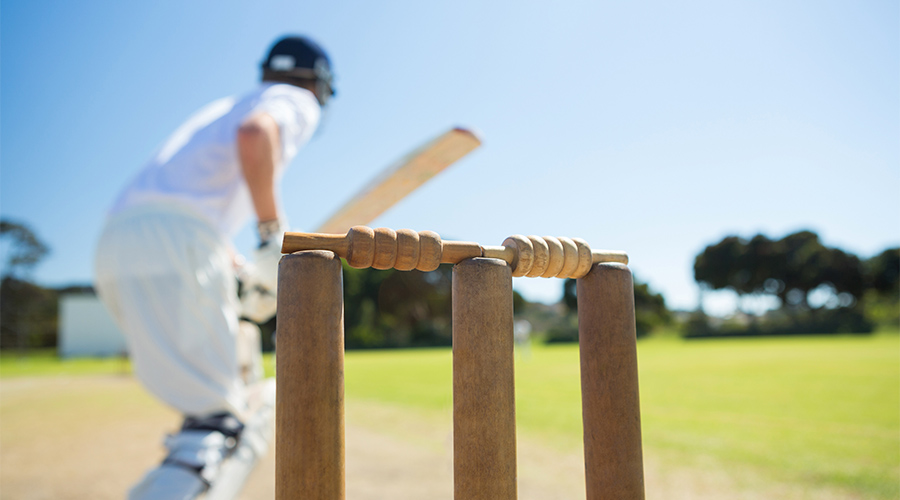Did you know that two in three Australians will be diagnosed with skin cancer in their lifetime? Or that nearly twice as many men as women die from melanoma each year in Australia?
The good news is that skin cancer is almost entirely preventable, and you can reduce your risk of skin cancer at any age by following the five SunSmart steps.
Be SunSmart, save your skin.
How to protect your skin in five easy steps
You’d never walk out to bat without full body protection. Same goes for you when it comes to skin protection from UV. Whether you’re playing or watching the match, be SunSmart and use all five forms of sun protection this summer: Slip, Slop, Slap, Seek and Slide.
Sunscreen or zinc is not a suit of armour and should be used with the other four forms of sun protection.
Take a closer look at the five SunSmart steps to help prevent skin cancer:
1. Slip on sun-protective clothing
Choose clothing that covers as much skin as possible—think cricket shirts with long sleeves or long trousers. Some clothing may carry an ultraviolet protection factor (UPF), which guarantees how much UV protection the fabric provides.
2. Slop on SPF50 (or higher) broad-spectrum, water-resistant sunscreen
Apply sunscreen to clean, dry skin at least 20 minutes before the start of play or before you go outside. You will need around a teaspoon of sunscreen for your head and neck, and for any exposed skin on your arms, legs or body. In order to maintain your skin cancer protection throughout the day, always make sure to re-reapply sunscreen every two hours, especially if you are playing or spectating outdoors. Sweating or towelling off can reduce the effectiveness of sunscreen, so be sure to re-apply after this happens. Finally, make sure you re-apply during any breaks in play such as for drinks, lunch, or tea, and consider a dry-touch sunscreen product to avoid dropping those catches.
3. Slap on a broad-brimmed hat
Rather than a cap, choose a broad-brimmed cricket hat which shades your face, nose, neck and ears, which are common sites for skin cancers. Baseball caps do not provide enough protection from the sun.
4. Seek shade
It can be tricky out in the field but try to seek shade wherever you can. Whether you’re waiting to bat or cheering on your team, choose a shady spot to sit in. Shade reduces UV radiation, but it can still reach you via reflection so make sure you use shade in combination with other sun protection measures.
5. Slide on some sunglasses
Dean Jones might have started it off, but now many cricketers wear sunglasses out in the field. Sunglasses and a broad-brimmed hat worn together can reduce UV radiation exposure to the eyes by up to 98%. Choose close-fitting wraparound sunglasses that meet Australian Standards.
![]()
To understand more about how sun exposure causes skin cancer, visit our no-nonsense UV low-down.





